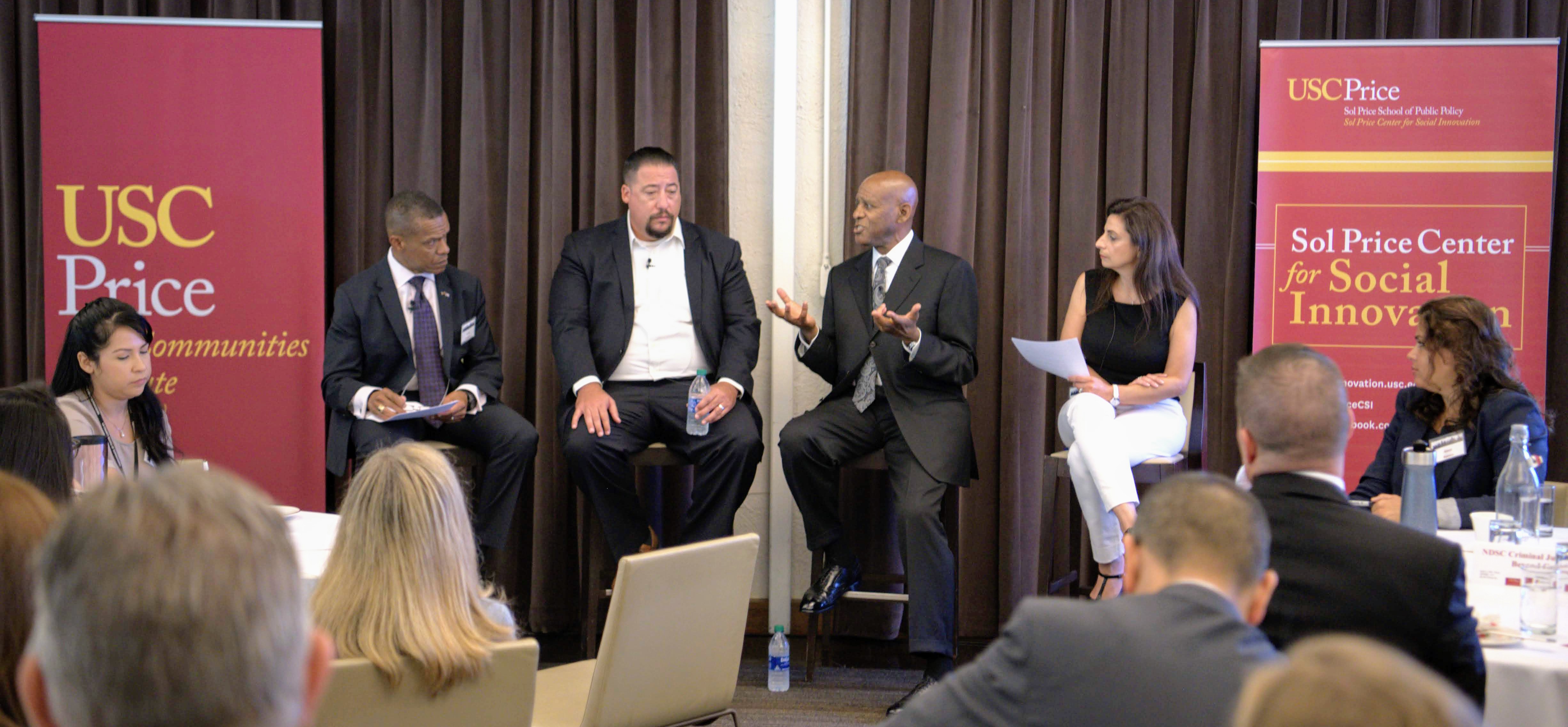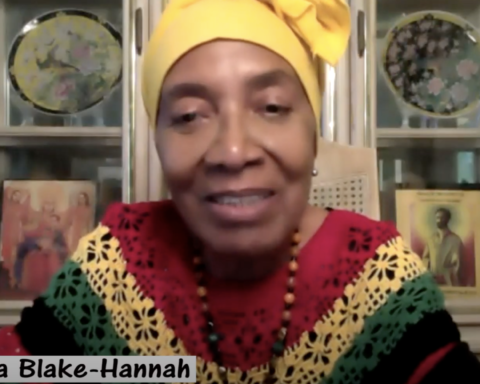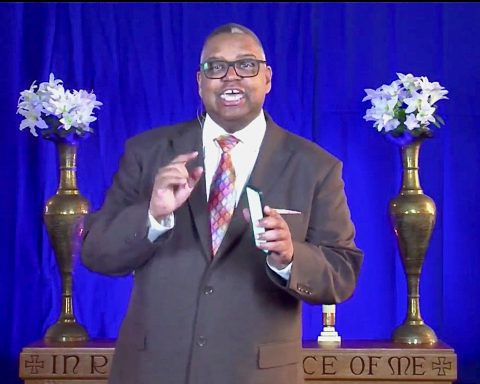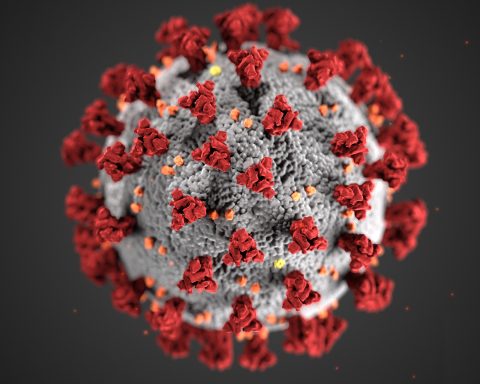A data driven initiative platform brought civic activists, law enforcement and social scientists together to learn how to make informed decisions to improve quality of life through a data driven initiative.
The USC Price Center for Social Innovation and Safe Communities Institute in conjunction with the Neighborhood Data for Social Change (NDSC) hosted the inaugural event to highlight its Criminal Justice Data Initiative and analyze public safety in Los Angeles.
The one-year pilot program is in collaboration with the Urban Institute’s National Neighborhood Indicators Partnership and the Microsoft Cities Team to initiating a community criminal justice reform through data. Its relies upon a different approach to analyze how crime data can be used to implement better police practices.
According to Gary Dean Painter, director of Sol Price Center for Social Innovation, Homeless Policy Research Institute, the partnership with Microsoft make available “new criminal justice data” to the public. However, this data is not available to open data portals and targets select communities.
Data will illustrate how neighborhood crime in combination with areas like housing, education, homelessness, economic development and jobs could shape public policy throughout Los Angeles.
“This data will affect people’s day-to-day lives”, says Joumana Silyan-Saba, external relations and community engagement leader for the L.A. Housing and Community Investment Department. LA Mayor Garcetti’s aide and the program’s policy director adds,“for us this means looking at the data to see if we are achieving this goals.”
USC hosted a panel discussion on the topics of policy, data and law enforcement as the first of a number of community events designed to shift public deliberation last week.
Earl Paysinger, Vice President Civil Engagement USC, reminded those in attendance “public safety is a broad issue.” The former Los Angeles Police Department Assistant Chief also says law enforcement officials must have a dialogue with the people in their communities. “The current metrics used by law enforcement is dated and does not reflect how communities define safe.”
The comprehensive data gives communities the ability to craft their own neighborhoods. Passenger and Silyan-Saba seem to agree that it’s going to take some time before the general public stop thinking of public safety strictly in terms of law enforcement.
“Public safety and criminal justice takes on many meanings,” says Dr. Erroll Southers, director, USC Safe Communities Institute. “In the public safety environment we usually measure negative data. As a former gang enforcement officer we got more funding when there were more shootings.”
However Fernando Rejón, executive director of the Urban Peace Institute, says, “it’s the people’s perception of safety. You have to look at the cultural nuances. If you want to understand community residences in these policy conversations you have to take cultural nuances into account. If there is no community by-in your policy will not be affective.”






